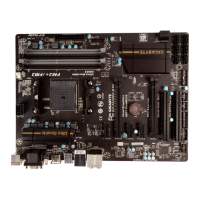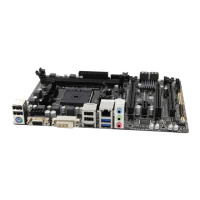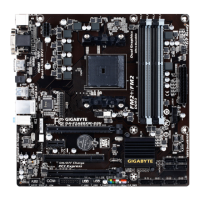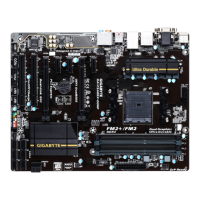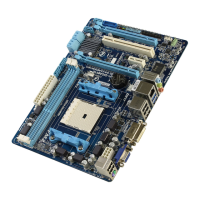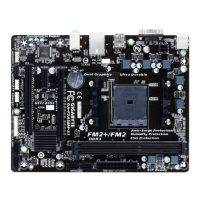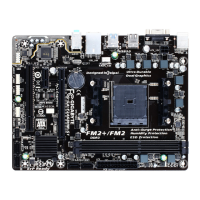- 56 -
Figure 5
Creating a RAID Array
To create a RAID array, refer to the following examples to enter the commands and press <Enter>. When
succeeded, the message which says "created successfully" will appear.
fs0:\>rcadm -C -r0 -d 0 1 -s 40000
created successfully
fs0:\>
Checking Disk Information
To see the hard drive information, enter the following commands and press <Enter>. You will see CONTROLLER
LIST and DISK LIST displayed on the screen.
rcadm -M -qa (Figure4)
fs0:\> rcadm -M -qa
After you create the array, you can enter the "rcadm -M -qa" commands to see the array information. In addition
to the CONTROLLER LIST and DISK LIST information, you will see ARRAY LIST information displayed on the
screen, too.
Example 2: Create a RAID 5 array with Drive 1~4 and the array size is 75 GB.
rcadm -C -r5 -d 1 2 3 4 -s 75000 (Figure6)
("C"=Createaarray,"r5"=RAID5,d1234=Drive1~4,"s75000"=Sizeof75GB)
fs0:\>rcadm -C -r5 -d 1 2 3 4 -s 75000
created successfully
fs0:\>
Figure 6
Figure 4
Example 1: Create a RAID 0 array with Drive 0 and Drive 1 and the array size is 40 GB.
rcadm -C -r0 -d 0 1 -s 40000 (Figure5)
("C"=Createaarray,"r0"=RAID0,d01=Drive0andDrive1,"s40000"=Sizeof40GB;tousethemaximum
sizeallowed,donotenter"s x0000")
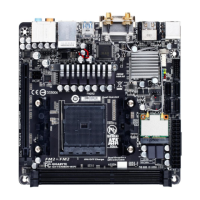
